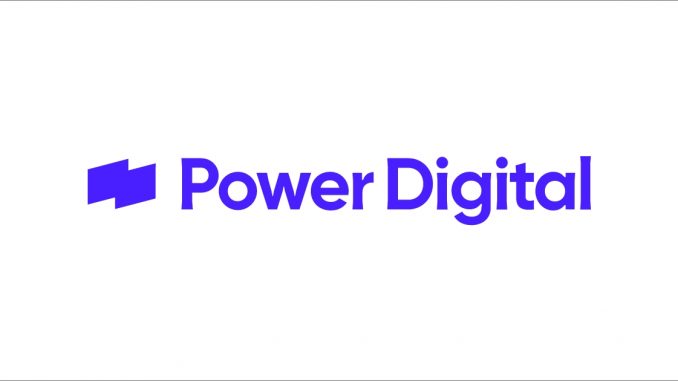
Prime Day dates have officially been announced: July 12th and July 13th. If you are thinking to yourself, “now what?”, let us help! Here is your Amazon Prime Day guide to help you prepare for the event on and off Amazon.
First let’s start the most important question: What is Prime Day?
Prime Day is an annual shopping event created by Amazon and has historically outperformed Black Friday and Cyber Monday in total sales volume on Amazon. Last year, sales were over $11billion over the two day event, up 7.7% from last year. Now if you are thinking, that’s likely due to all the large businesses that sell on the platform, think again! Small and midsize businesses made an estimated $2 billion last year which shows that every business no matter how big or small should be Prime Day ready.
Why participate in Prime Day?
The benefit that participating in prime day has on your brand extends much further that the 2 day event as it is a great opportunity to acquire new customers and get those considering your products to convert. In fact in 2020, there was a 3.1x median increase in new to brand shoppers in the US compared to prior weeks.
What steps should you take to be Prime Day ready?
To prepare for this event, at , we recommend you take a full funnel on and off approach. As Amazon has stated, “75% of shoppers are likely to purchase a product during Prime Day that they discovered during the lead-up to the event” so it is crucial to be anywhere and everywhere leading up to the event.
On Amazon:
Off Amazon:
Looking specifically at advertising on Amazon, here are our recommendations to properly prepare for Prime Day:
Search Advertising – Preparation:
Plan in advance! Start launching campaigns 2-3 weeks before Prime Day to allow your ads to ramp up and run with optimizations. It is also important to pay close attention to the few days leading up to Prime Day, as CPCs/CPMs will likely increase while conversions decreases. This is a result of users planning for their Prime Day shopping which leads to them holding off on any purchases until the event.
Search Advertising – During Event
Be prepared to raise bids & budgets on campaigns both leading up to Prime Day (to get in front of the increased “planning” traffic) and during the event (when traffic, costs, and sales are likely to skyrocket). Campaign budgets should be closely monitored throughout the two day event, with additional allocated budget on standby as you should never want to run out of budget during Prime Day and lose sales because of it!
Search Advertising – Post Prime Day
After the event, closely monitor your bids and budgets as well in preparation for the “Prime Day hangover”. If you aren’t careful, costs can remain high from the aggressive Prime Day bidding, but user conversion is likely to drop significantly as Amazon Prime Day deals end & users have made their purchases. Historically, search ads conversion rate drops and ACOS increases in the first few days following the event so it is important to adjust your advertising strategy accordingly. If you are able to prepare for this decrease in traffic, you can minimize wasted spend.
DSP
DSP – Post Prime Day
While Prime Day may end on July 13th, the benefits the event has for your brand do not. According to Amazon, 31% of shoppers surveyed are likely or highly likely to buy the same product after Prime Day even if there’s not a deal and 52% of shoppers surveyed are likely or highly likely to rely on ads to remind them to purchase products after Prime Day. That is why it is crucial to implement the search and DSP strategies to your Prime Day and beyond plan. It is never too late to prepare for Amazon’s biggest shopping event of the year!

Leave a Reply